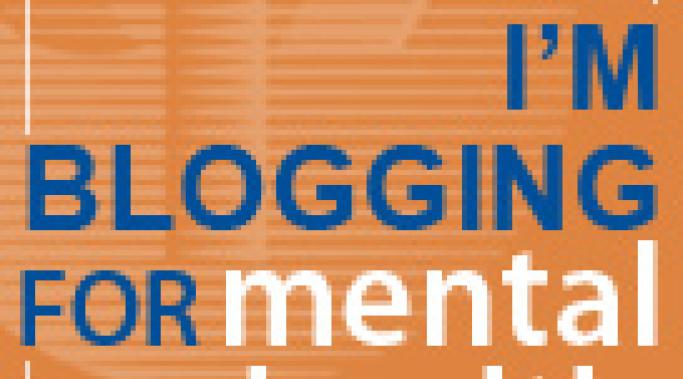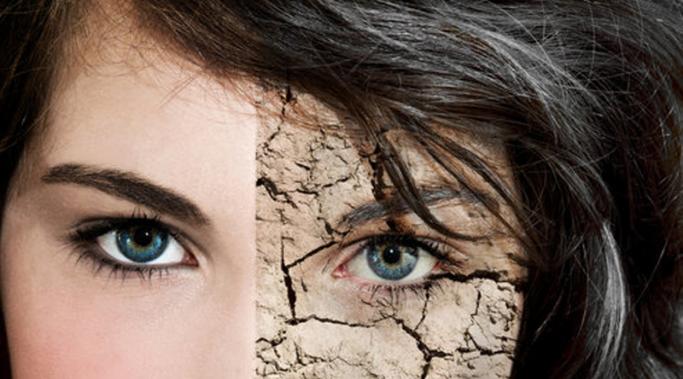This song, written early in my active addiction to alcohol, describes the struggle to break free.
More than Borderline
Though the righteous may stumble,
He picks them back up.
Though the poor may have nothing
He fills up their cup.
Though the weak weep alone
And cry deserts wet
He stands right behind them
And they're not beaten yet.
While a personality disorder such as BPD in itself can not be medicated, its co-occuring illnesses and symptoms can. But what it medication is not available during a sudden flare-up of symptoms? Or what if the medication on its own is ineffective? There are three herbs you should know about: yerba mate, kava kava, and valerian.
Spirituality can be a wonderful healing tool for people with borderline personality disorder (BPD). However, it can also be a source of pain. When religion becomes abusive, it does more harm than good.
An underlying premise of schema therapy is that people with borderline personality disorder operate in different modes, including Abandoned Child mode. In this video, I talk about the Abandoned Child mode and how to cope with it.
Sometimes we feel as if we're getting worse instead of better. Sometimes we feel as if we're in more pain, not less. This is due to emotional thawing.
We don't have to be prisoners to fear of being selfish, to our past, or to shame. We can be set free by recognizing the three myths for what they are and adjusting our beliefs accordingly.
You have nothing to lose by facing your traumatic memories; you can always go back to what you were doing before. But you have peace to gain. It's hard work, but it's worth it.
One particularly useful one is the importance of checking your thoughts, looking specifically for "stinking thinking". These thoughts warn us of a likely relapse (alcohol, drugs, self-injury), and it is recommended you change your thoughts.
Addiction is a common symptom of borderline personality disorder (BPD). However, many myths about addiction treatment keep people with BPD from seeking help. More Than Borderline's, Becky Oberg, explores these myths and the realities of addiction treatment. Watch.







